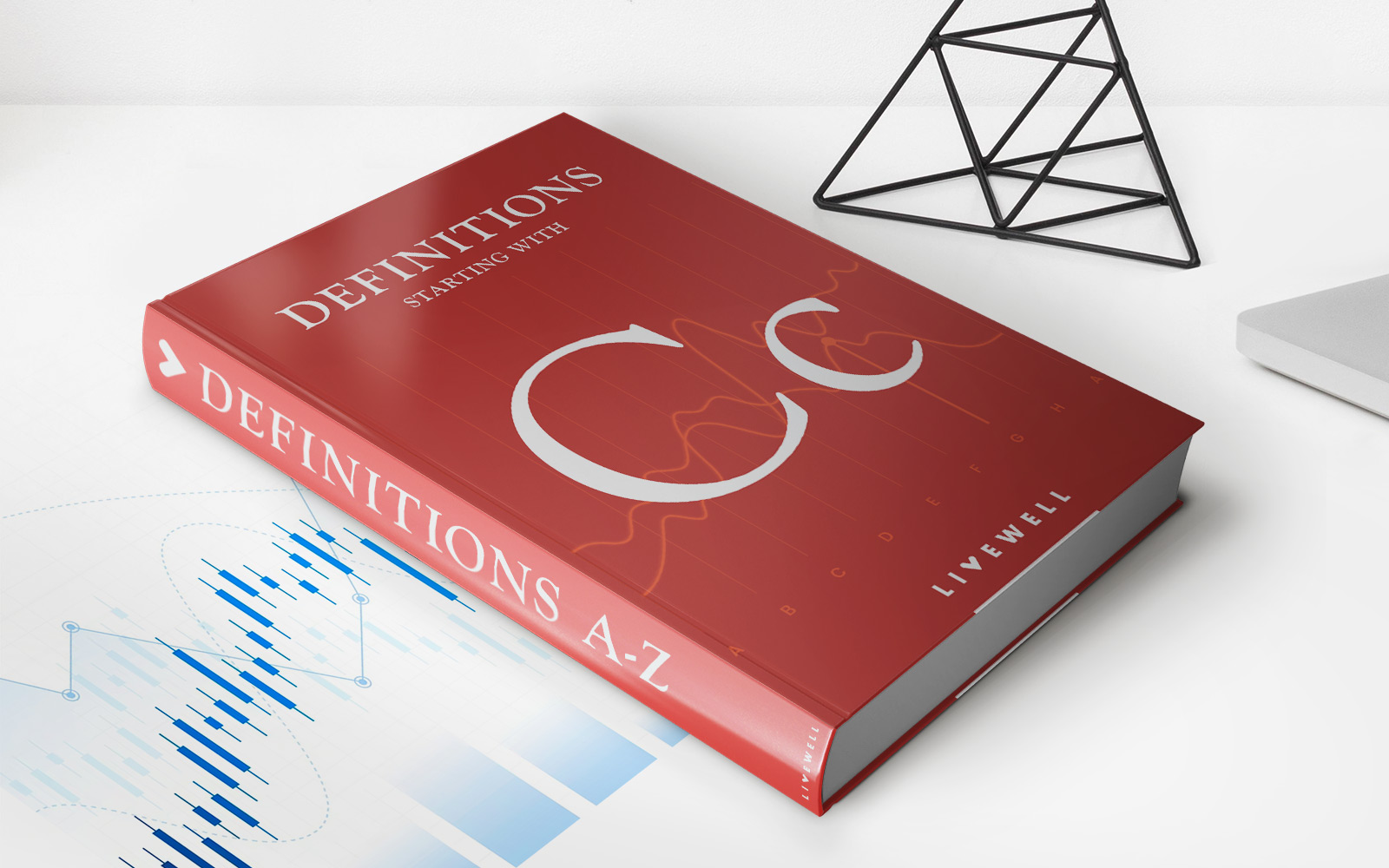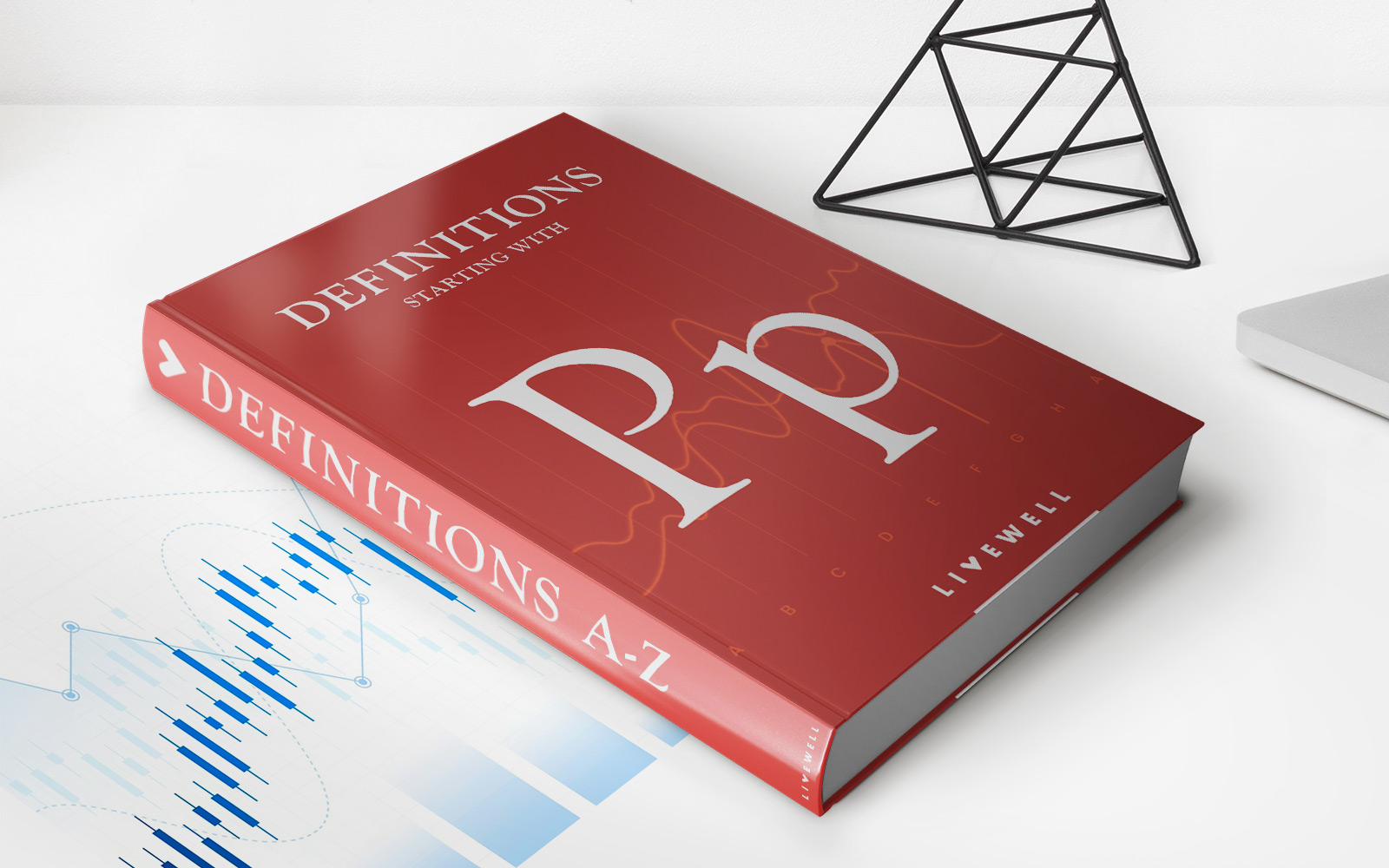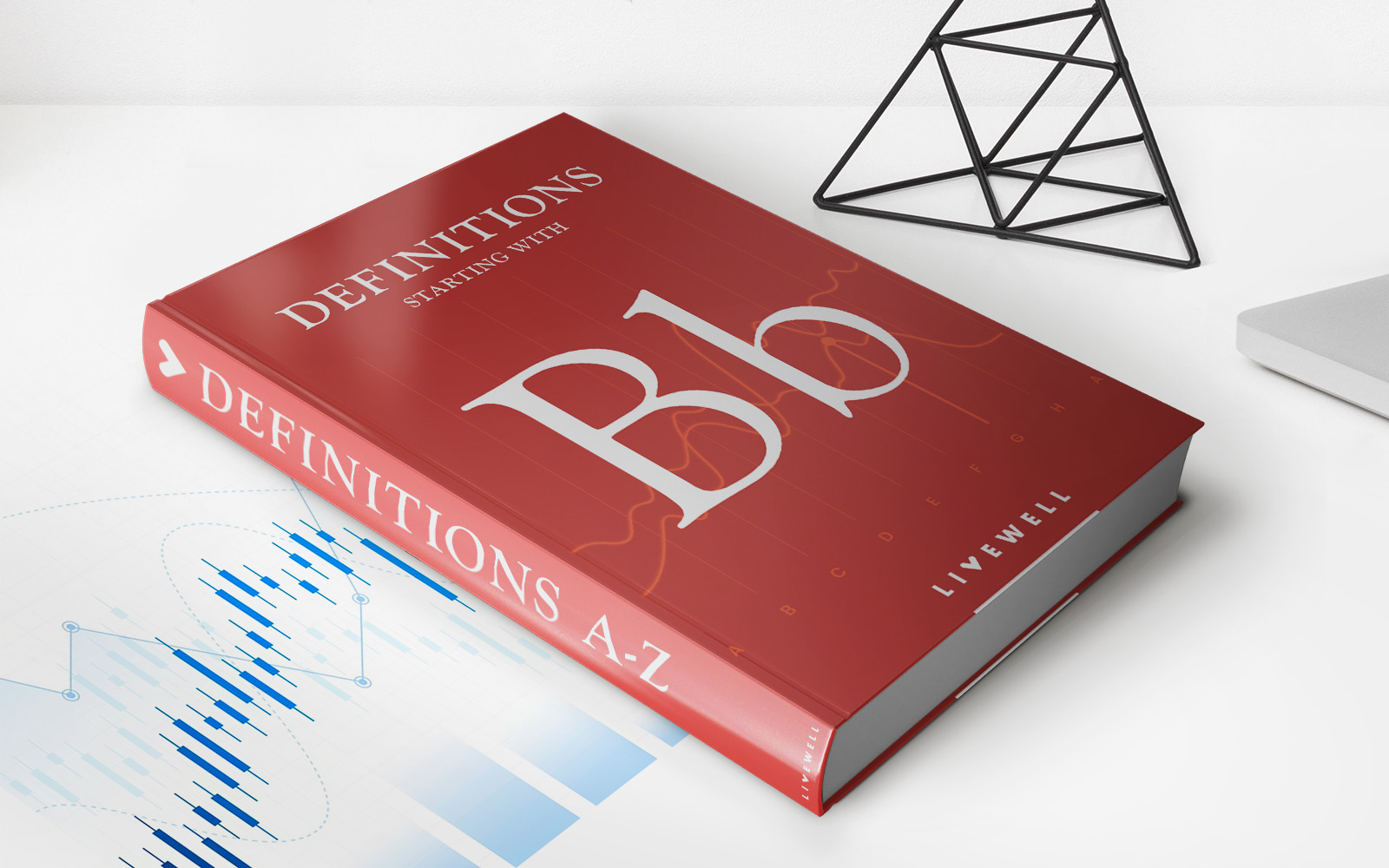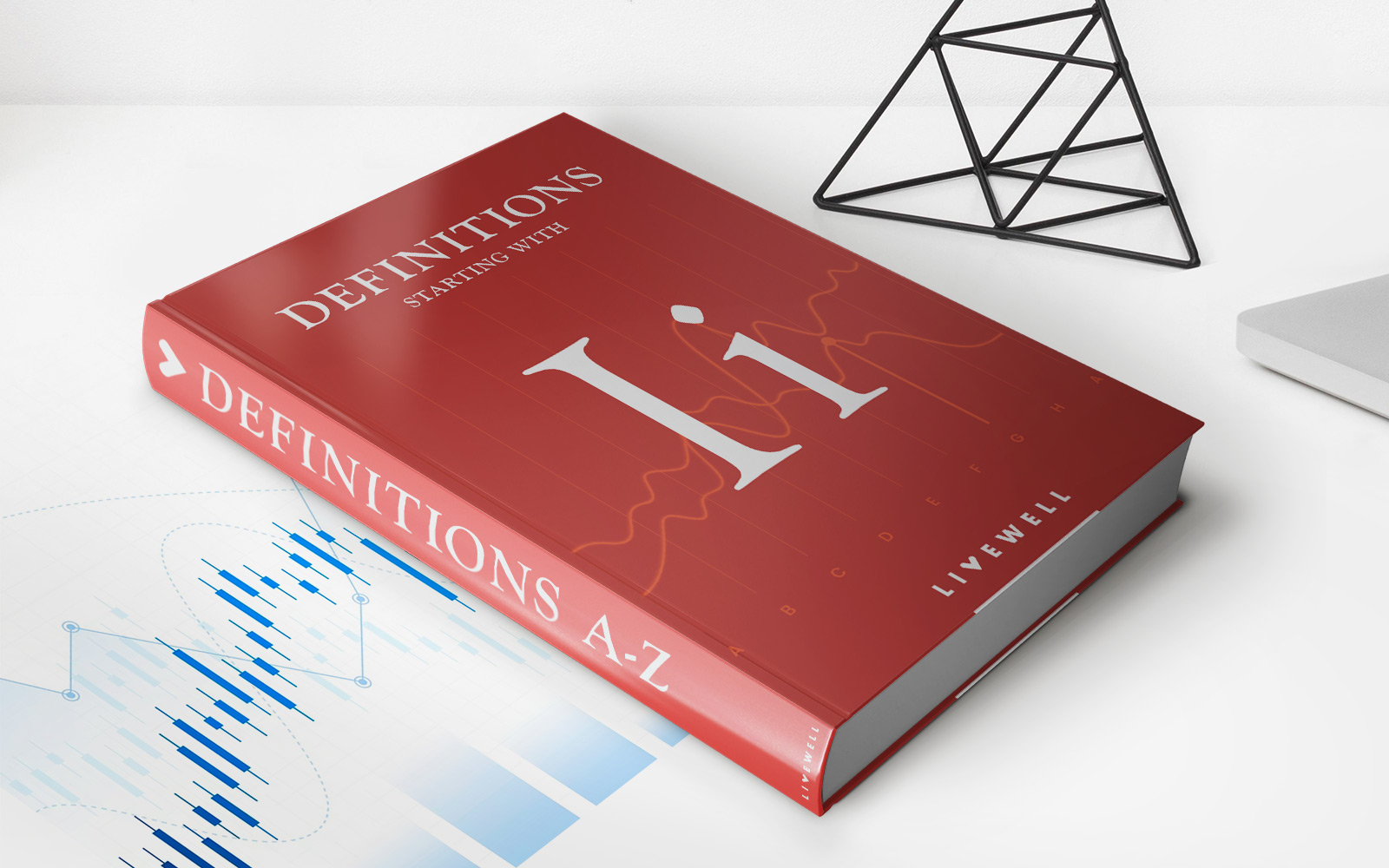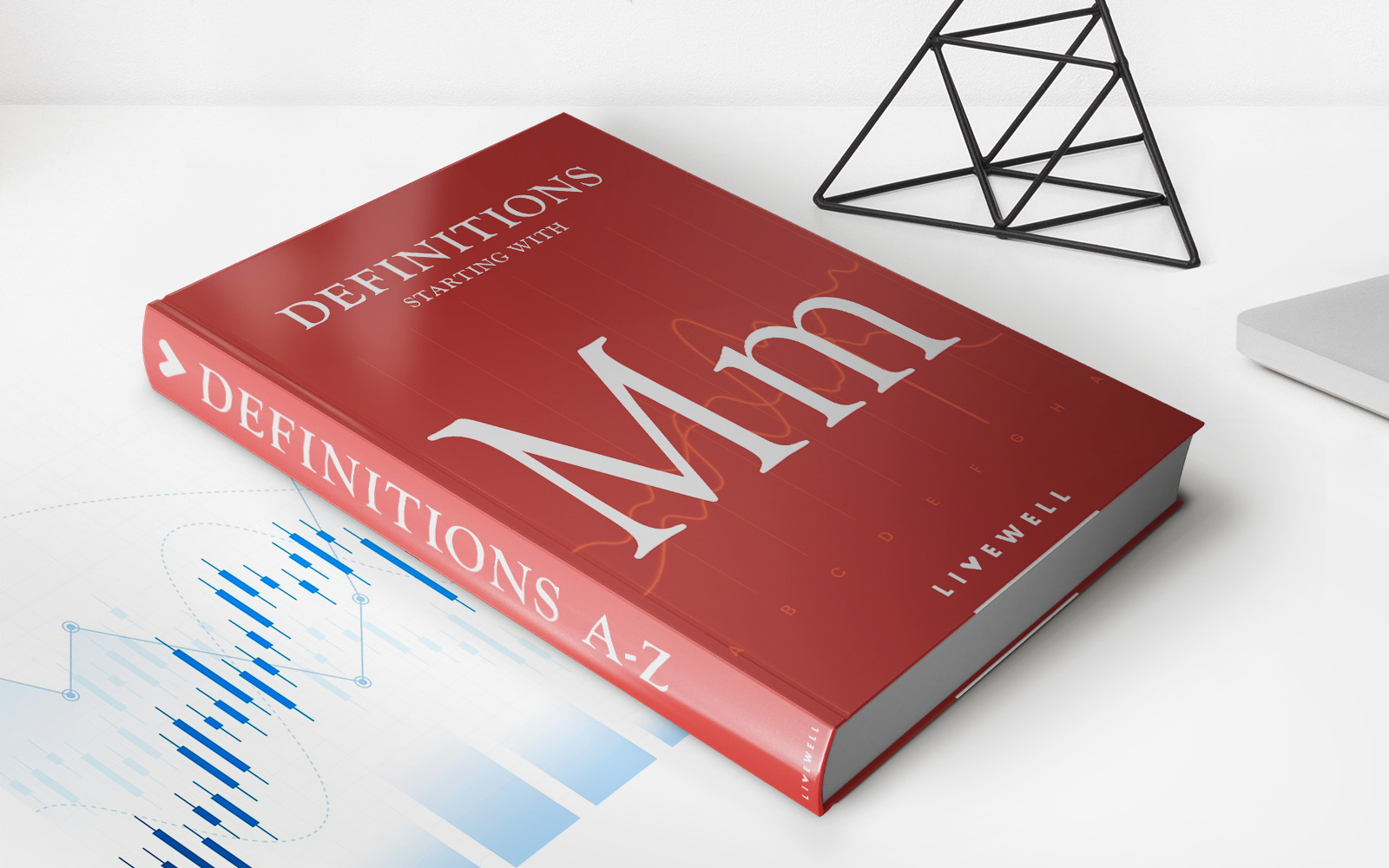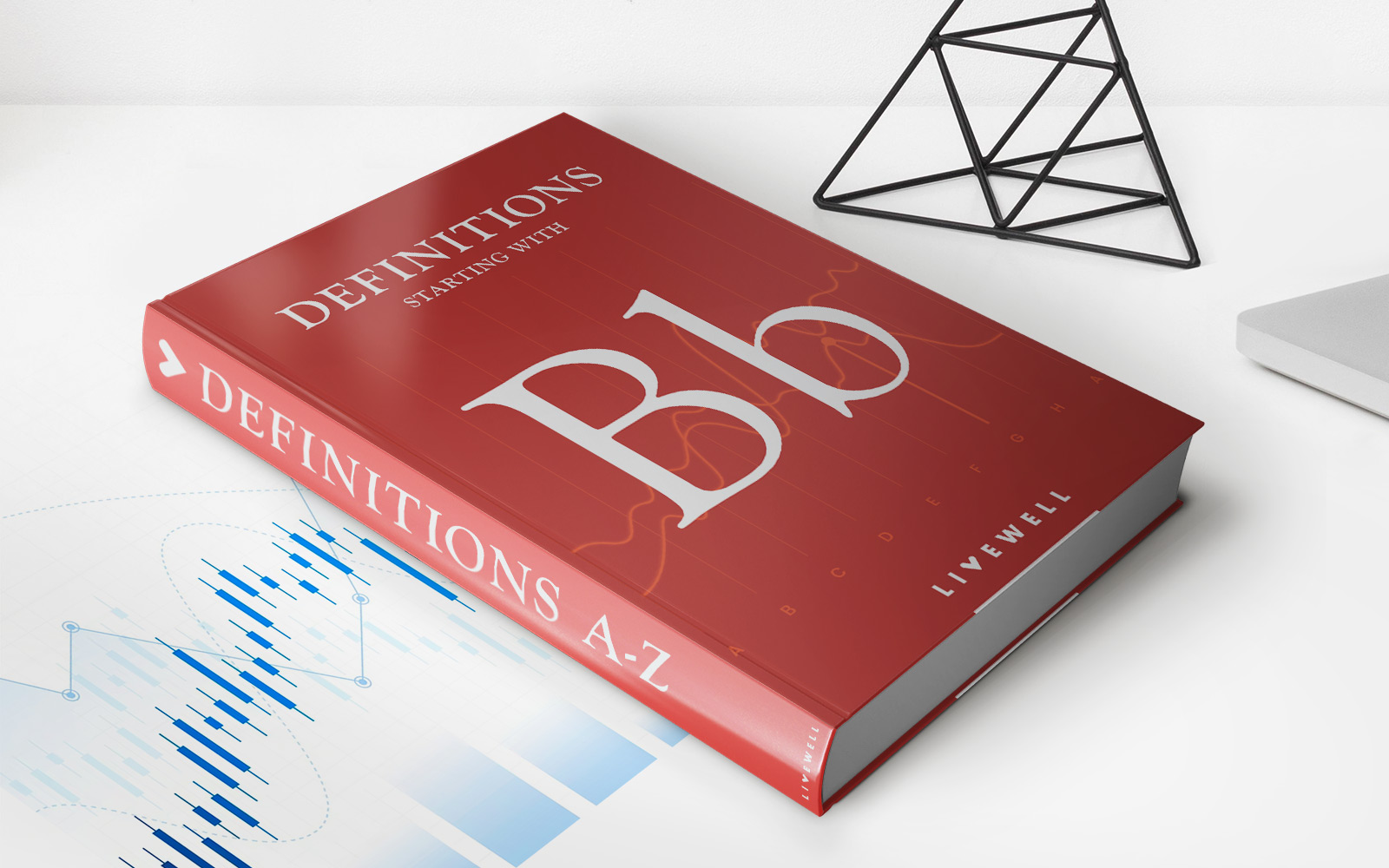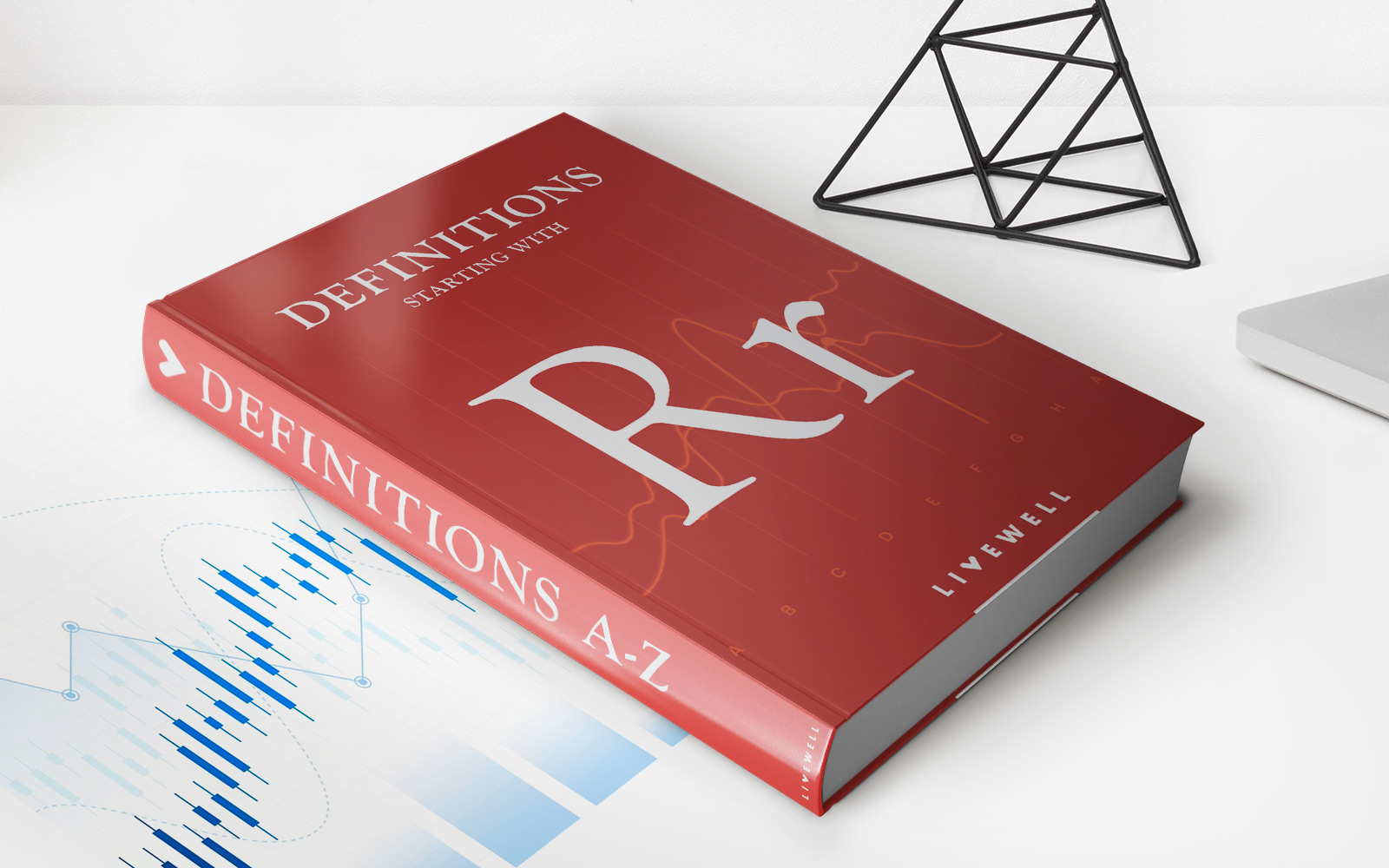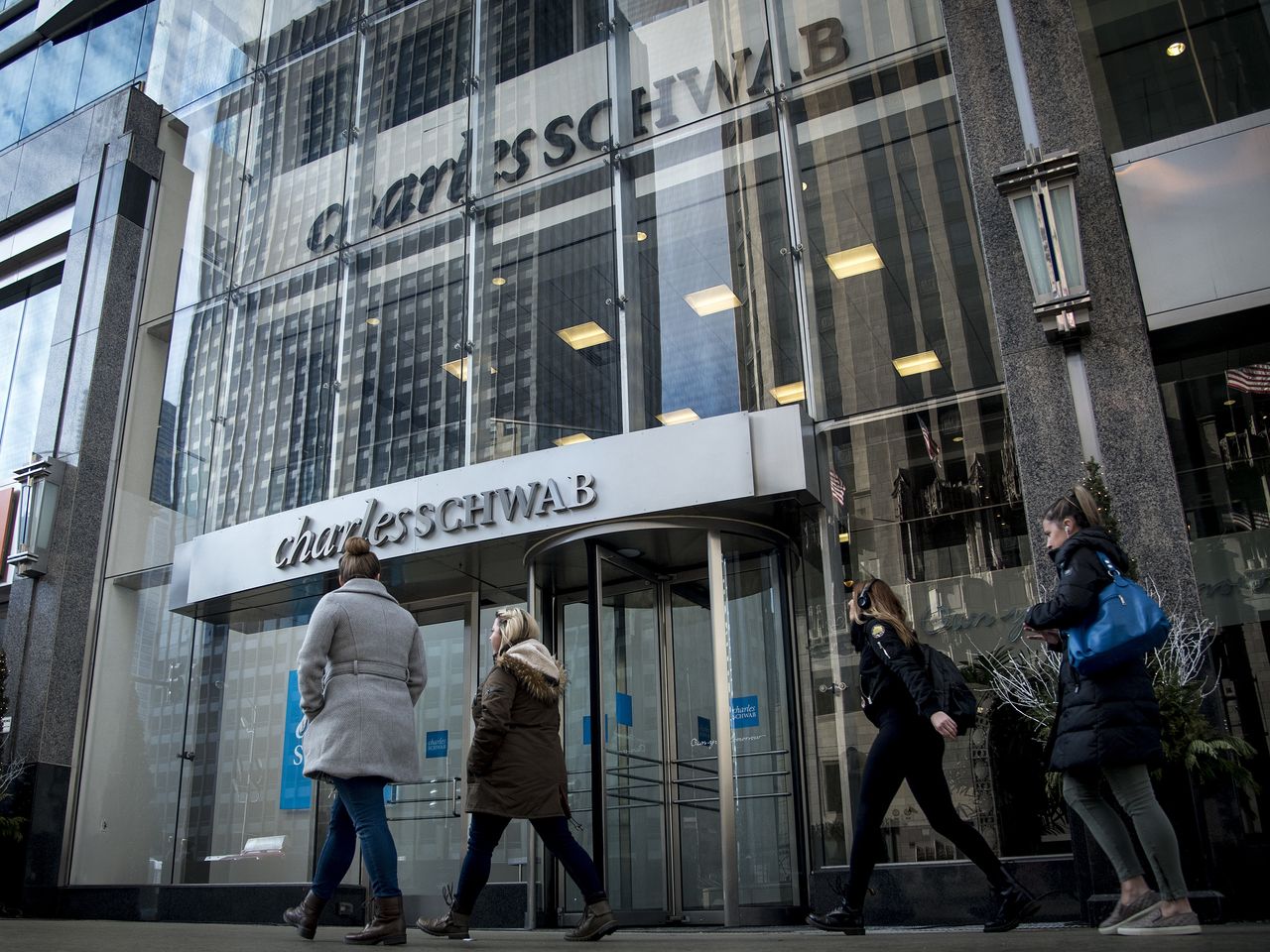Home>Finance>Operating Costs Definition: Formula, Types, And Real-World Examples
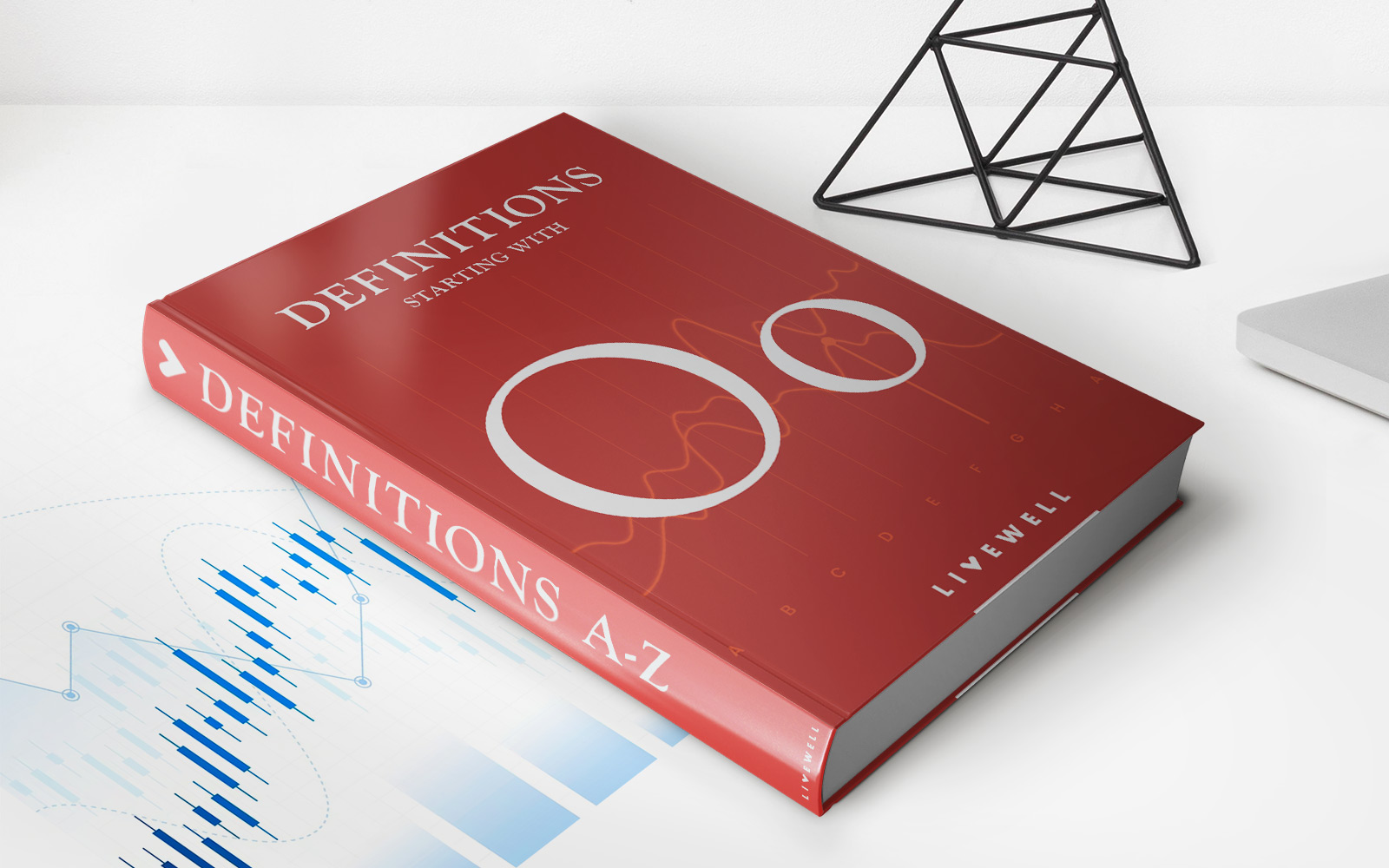

Finance
Operating Costs Definition: Formula, Types, And Real-World Examples
Published: January 3, 2024
Discover the definition, formula, and various types of operating costs in finance. Explore real-world examples and understand their impact on businesses.
(Many of the links in this article redirect to a specific reviewed product. Your purchase of these products through affiliate links helps to generate commission for LiveWell, at no extra cost. Learn more)
Operating Costs Definition: Formula, Types, and Real-World Examples
When it comes to managing your business’s finances, understanding your operating costs is crucial. But what exactly are operating costs, and how can you calculate them? In this blog post, we will delve into the definition of operating costs, explore the formula used to calculate them, discuss different types of operating costs, and provide real-world examples. By the end, you’ll have a comprehensive understanding of how to manage and control your business’s operating costs effectively.
Key Takeaways:
- Operating costs are the expenses incurred to keep a business running on a day-to-day basis.
- To calculate operating costs, subtract the cost of goods sold from the total revenue and then add up all other expenses.
What are Operating Costs?
Operating costs, also known as operating expenses, are the ongoing expenses a business incurs in order to operate on a daily basis. These costs are essential for keeping the business running smoothly, and they are not directly related to the production of a product or service. Operating costs cover a wide range of expenses, including rent, utilities, employee salaries, marketing, office supplies, and more.
Calculating Operating Costs
The formula for calculating operating costs is straightforward:
Operating Costs = Total Revenue – Cost of Goods Sold (COGS) + Other Expenses
The total revenue refers to the amount of money generated from sales or services, while the cost of goods sold represents the direct costs associated with producing those goods or services. Other expenses include all the additional costs to keep the business running, such as rent, utilities, and marketing expenses.
Types of Operating Costs
Operating costs can be categorized into several types, including:
- Fixed Costs: These costs remain the same regardless of the level of production or sales. Examples of fixed costs include rent, insurance premiums, and salaries of permanent employees.
- Variable Costs: These costs fluctuate depending on the level of production or sales. Examples of variable costs include raw materials, hourly wages for temporary employees, and shipping expenses.
- Semi-Variable Costs: These costs have both fixed and variable elements. For example, a telephone bill might have a fixed monthly rate and additional charges based on usage.
- Direct Costs: These costs are directly attributed to the production or delivery of specific goods or services. For example, the cost of raw materials used in manufacturing is a direct cost.
- Indirect Costs: These costs are not directly tied to the production or delivery of specific goods or services. They are incurred for the overall operation of the business. Examples include rent, utilities, and office supplies.
Real-World Examples of Operating Costs
Let’s take a look at a few real-world examples of operating costs:
- A retail store incurs costs for rent, salaries of employees, marketing campaigns, inventory, utilities, and insurance premiums.
- A manufacturing company has operating costs that include raw materials, labor, machinery maintenance, factory rent, energy bills, and transportation expenses.
- A technology startup might have operating costs for office space, salaries of employees, internet and phone bills, software licenses, and advertising.
These examples highlight the diverse range of expenses that fall under operating costs across different industries and business types.
Controlling and Managing Operating Costs
Managing and controlling operating costs is crucial for the financial health and growth of your business. Here are a few tips to help you:
- Regularly review and analyze your expenses to identify areas where you can cut costs or optimize spending.
- Seek competitive quotes and negotiate better rates with your suppliers.
- Implement cost-saving measures, such as energy-efficient practices or bulk purchasing.
- Invest in automation or technology solutions to streamline processes and reduce labor costs.
- Regularly monitor and track your operating costs using financial management software.
By taking a proactive approach to managing your operating costs, you can ensure the financial stability and continued success of your business.
In conclusion, understanding and effectively managing operating costs is essential for any business. By calculating operating costs, identifying the different types, and implementing strategies to control and reduce expenses, you can optimize your business’s financial performance and drive long-term growth. So, take the time to evaluate your operating costs and make informed decisions to keep your business on the path to success.
